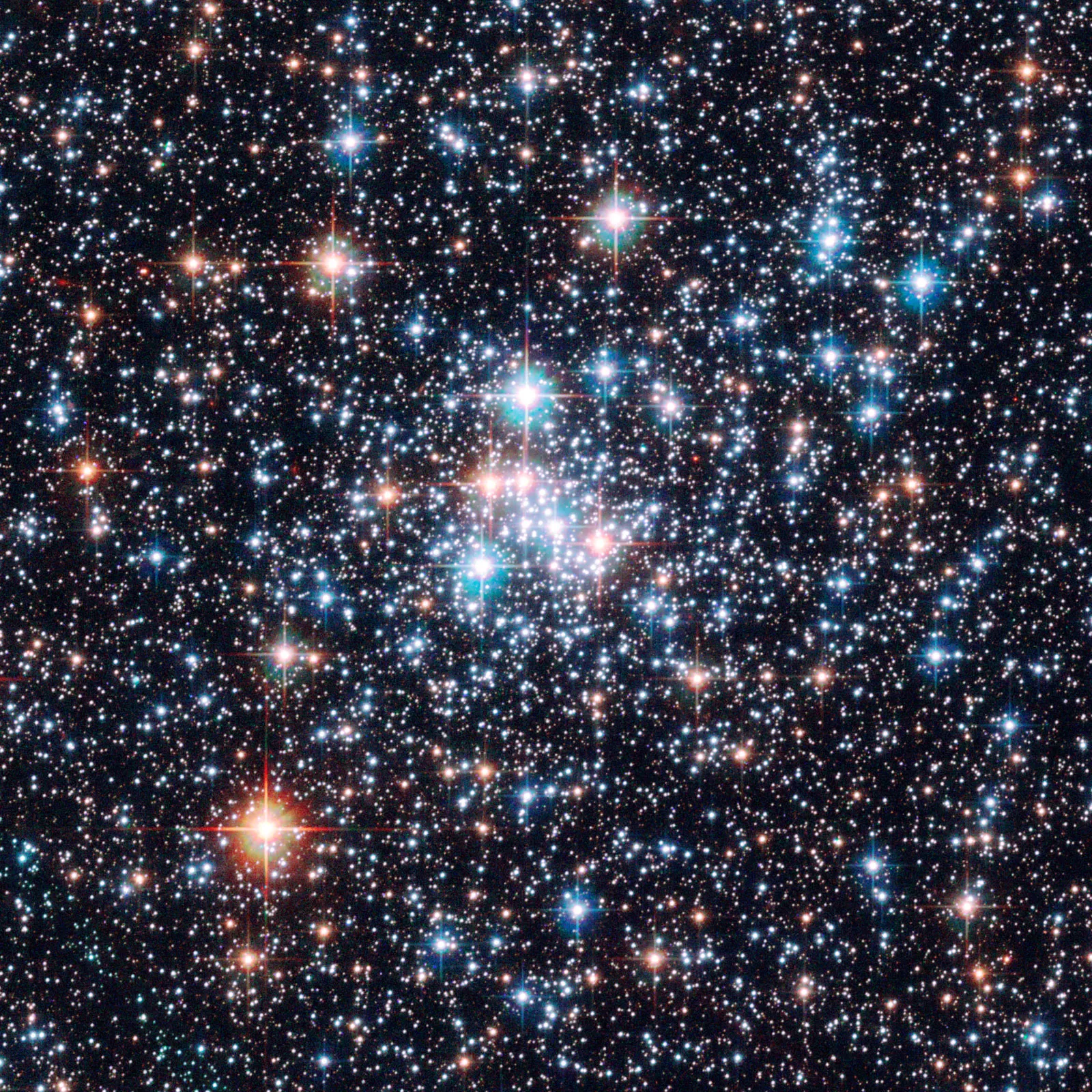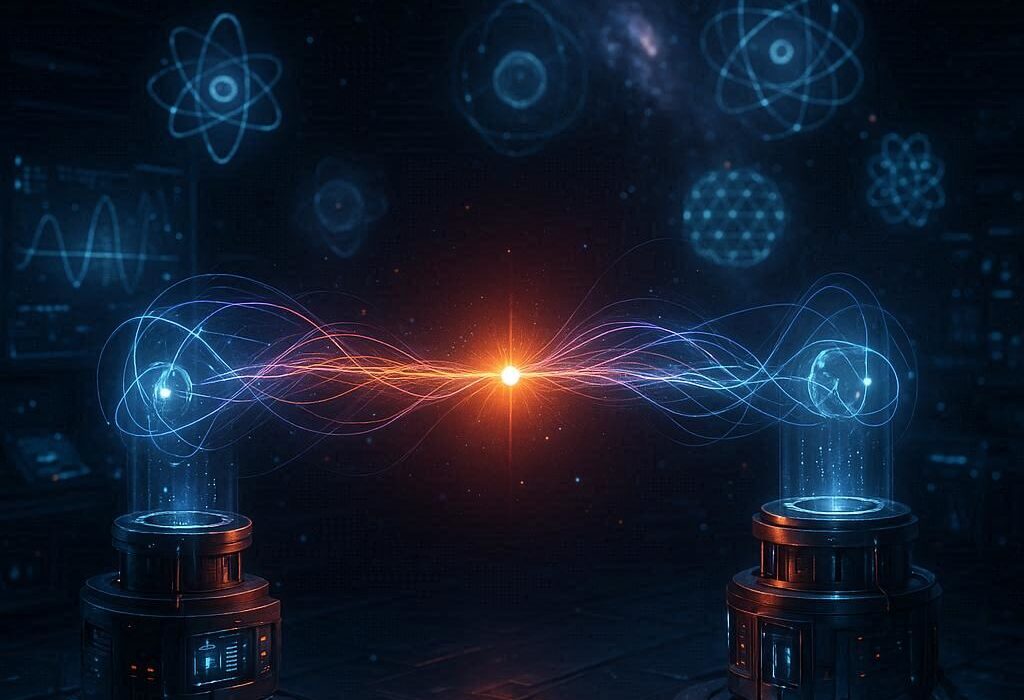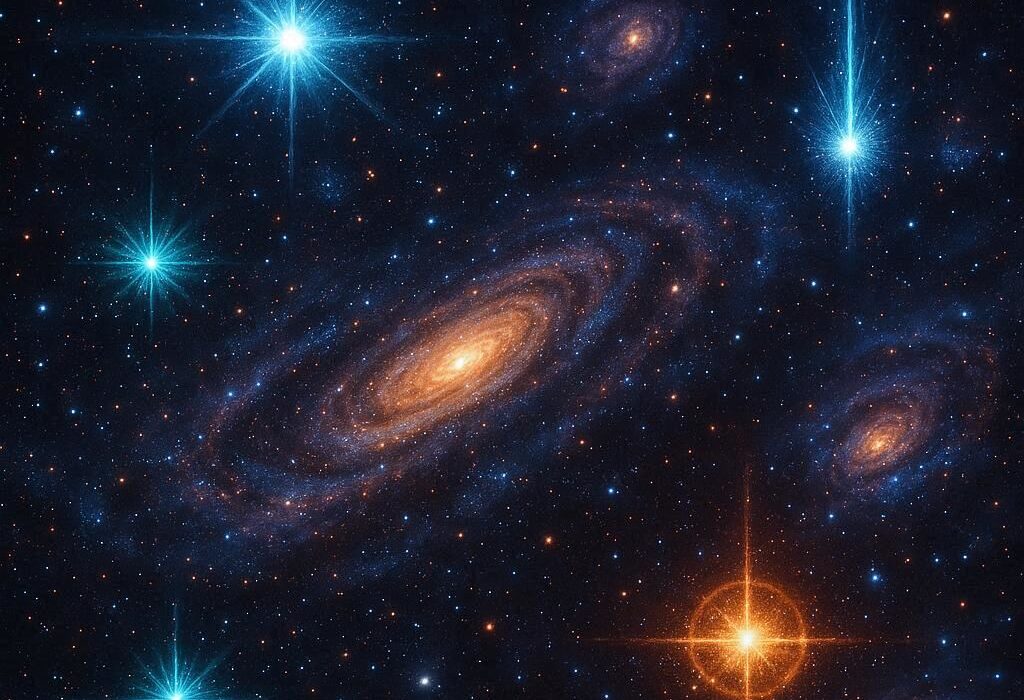When we think of NASA, we imagine rockets piercing the sky, astronauts floating gracefully in orbit, and telescopes gazing into the depths of the cosmos. For decades, NASA has been humanity’s great eye into the unknown, a guardian of secrets revealed from beyond our world. Yet, behind the inspiring images and celebrated missions, there lies another layer of discovery—truths that are rarely shared openly, findings that emerge quietly in technical papers or obscure conference talks, revelations that challenge what we think we know about the universe and our place within it.
The story of NASA is not just about triumph and exploration. It is also about silence, about mysteries too strange or unsettling for the headlines. Sometimes these discoveries remain buried in the language of scientific caution, withheld from the public to avoid sensationalism or misunderstanding. Sometimes, they are overshadowed by political and budgetary battles that steer attention elsewhere. And sometimes, they are simply so extraordinary that even NASA itself grapples with how to interpret them.
In these hidden corners of its history, NASA has encountered mysteries that leave scientists speechless—phenomena that rewrite the rules of physics, signs of forces and structures beyond comprehension, and tantalizing clues that hint we may not be as alone in the universe as we once believed.
This is the story of those shocking discoveries, the ones NASA doesn’t talk about loudly, but which continue to haunt the corridors of science and imagination.
The Strange Sounds Between the Stars
In the vacuum of space, no one can hear a scream—or so the old saying goes. Sound, as we experience it on Earth, cannot travel without air or some medium of vibration. And yet, spacecraft venturing into the outer reaches of our solar system have detected strange “songs” echoing through the void.
The Voyager probes, launched in 1977, are now more than 14 billion miles from Earth, traveling in interstellar space. As they crossed the boundary of the heliosphere—the bubble of solar wind that shields us from galactic radiation—they recorded eerie plasma oscillations, electromagnetic vibrations that, when translated into audible frequencies, sound like a chorus of alien whispers. The tones rise and fall, like the groaning of a cosmic organ, hinting that interstellar space is not silent at all but alive with hidden symphonies.
NASA rarely emphasizes these sounds outside of technical releases, perhaps to avoid misinterpretation. But for those who listen, it feels almost as if the universe itself is speaking, reminding us that reality is stranger than silence.
Water Everywhere
For centuries, Earth was believed to be the only blue world, the only planet with oceans. Yet, NASA’s explorations have revealed water—liquid, ice, and vapor—spread across the solar system in ways both shocking and profound.
Mars, once thought barren, bears evidence of ancient rivers, deltas, and perhaps even lakes buried beneath its surface. Europa, a moon of Jupiter, hides beneath its frozen shell a saltwater ocean with more liquid water than Earth. Geysers erupt from its cracks, spraying plumes into space, tantalizing hints that an alien ocean thrives below. Saturn’s moon Enceladus does the same, jetting icy water that contains organic molecules. Even tiny Pluto, at the solar system’s edge, shows signs of liquid water beneath its icy crust.
The shocking truth is this: our solar system is drowning in oceans. The universe, far from being dry and desolate, may be teeming with hidden seas. And where there is water, there may be life. NASA has documented these findings carefully, but it rarely emphasizes the full implication—that the solar system may be a cosmic aquarium, filled with habitats awaiting discovery.
The Puzzles of Dark Energy and Dark Matter
In the late 1990s, NASA-supported astronomers studying distant supernovae made a discovery that overturned our understanding of the cosmos. Instead of slowing down, the expansion of the universe was accelerating, driven by a mysterious force now called dark energy. This invisible energy accounts for nearly 70 percent of the universe, yet we have no idea what it is.
Alongside this enigma is dark matter, the unseen glue that holds galaxies together. Though it cannot be seen, it outweighs visible matter by a factor of five. Without it, galaxies would fly apart, stars would drift into the void, and the universe as we know it could not exist.
NASA’s telescopes and missions, from Hubble to Chandra, have mapped the strange scaffolding of dark matter and measured the repulsive pressure of dark energy. But what exactly these forces are remains beyond comprehension. NASA speaks of them cautiously, in technical language, yet the truth is staggering: most of the universe is invisible, and the laws of physics we rely upon rest upon mysteries we do not understand.
The Shadow of the Fermi Paradox
Perhaps the most unsettling discovery NASA grapples with is not what it has found but what it has not. Our galaxy contains hundreds of billions of stars, many with planets. NASA’s Kepler Space Telescope revealed that Earth-like planets are astonishingly common. Statistically, the Milky Way should be buzzing with civilizations. And yet, in all our decades of listening and searching, we have heard nothing.
This silence, known as the Fermi Paradox, haunts the corridors of science. If life is common, where is everyone? Have civilizations destroyed themselves? Do they hide from us? Or is life far rarer than statistics suggest?
NASA continues to search, carefully scanning for biosignatures in exoplanet atmospheres, listening for artificial signals, and examining anomalies. But the silence itself is a discovery, one NASA does not amplify often, for it suggests a future that is either lonely or ominous.
Mars: A World of Secrets
Mars has long captured our imagination as the most Earth-like planet in the solar system. NASA has revealed its mountains taller than Everest, its canyons deeper than Earth’s grandest, its polar caps of water ice. But the shocking discoveries go deeper.
In 1976, the Viking landers conducted experiments to detect life in Martian soil. One test, the Labeled Release experiment, gave results consistent with microbial metabolism. Though later interpreted cautiously, some scientists argue it may have been the first detection of alien life. The finding was downplayed, overshadowed by more conservative interpretations.
More recently, NASA’s Curiosity rover detected fluctuating levels of methane in the Martian atmosphere—a possible sign of microbial life. Methane is unstable; something is replenishing it. While NASA has acknowledged the data, the agency speaks carefully, avoiding definitive statements. But the implication is breathtaking: Mars may still be alive.
The Unseen Visitors
Space around Earth is not empty. Satellites and telescopes occasionally record unidentified objects—fast-moving, oddly shaped, behaving in ways difficult to explain. NASA typically attributes these to natural phenomena: space debris, lens flares, cosmic rays. Yet, within declassified documents and obscure reports lie references to anomalies that defy easy categorization.
The truth is that NASA has indeed observed unexplained phenomena. Whether these are natural or artificial remains unproven. But silence surrounds the most puzzling cases, as if even to speculate publicly would unleash chaos. The possibility lingers like a shadow: perhaps we are not alone, and perhaps they already know we are here.
The Cosmic Rays That Shouldn’t Exist
In the 1960s and 70s, NASA’s high-altitude experiments detected cosmic rays of energies so extreme they defied explanation. Later observations confirmed particles striking Earth’s atmosphere with energies beyond what any known astrophysical process should produce. These “ultra-high-energy cosmic rays” are so powerful that they challenge our understanding of physics itself.
NASA acknowledges their existence but offers no definitive explanation. They may come from the collapse of massive black holes, from unknown cosmic engines, or perhaps from entirely new physics. The fact that particles routinely strike Earth with energies far exceeding human-built accelerators remains one of the universe’s strangest secrets.
The Ongoing Mystery of Our Origins
NASA has also quietly reshaped humanity’s understanding of its own beginnings. Meteorites from Mars, some discovered in Antarctica, contain structures that resemble fossilized microbes. Though debated fiercely, these findings raise the possibility that life on Earth and Mars are connected—that microbes may have traveled between worlds, seeding planets with biology in a process called panspermia.
NASA rarely highlights this implication, but it lingers: our origins may not be solely terrestrial. Life on Earth could be part of a greater cosmic lineage, born in the stars, scattered by comets, carried across light-years to bloom wherever it finds a home.
The Hidden Universe
Behind every celebrated discovery, NASA holds countless others hidden in data archives—patterns not yet understood, signals not yet interpreted, anomalies that resist explanation. Astronomers sifting through this ocean of data find galaxies that should not exist, black holes too massive for their age, planets with bizarre atmospheres, and stars behaving in ways no model predicts.
The shocking truth is that the universe is stranger than we dare to imagine. For every answer NASA reveals, ten new questions arise, questions too profound, too unsettling, or too incomplete to present with certainty. Yet they remain, silent invitations to wonder.
The Legacy of Silence
It is tempting to think NASA withholds secrets deliberately, concealing truths from humanity. The reality is subtler. Science thrives on caution. Bold claims require overwhelming evidence. And yet, in this cautious silence, the most shocking discoveries can be overlooked or underappreciated.
What NASA doesn’t talk about loudly are not necessarily conspiracies but mysteries—enigmas so profound that even the brightest minds hesitate to declare what they mean. But they are real. They whisper of oceans beneath ice, of invisible matter outweighing the visible, of cosmic forces pulling the universe apart, of strange signals and silences that hint we are not alone.
A Universe That Demands Wonder
NASA’s most shocking discoveries may be hidden in cautious words, buried in data, or whispered in conference halls. Yet they remain, challenging us to face the vastness of what we do not know. The agency, for all its silence, has revealed a universe more alive, more mysterious, and more astonishing than any myth or legend.
The truth is that reality itself is the greatest shock of all. We live in a universe where space sings, where hidden oceans may harbor life, where invisible forces shape everything we see, where silence speaks volumes, and where our origins may lie in the stars.
NASA doesn’t always talk about these discoveries loudly. But they are there, waiting for us to listen, waiting for us to wonder, waiting for us to step beyond the limits of certainty and embrace the awe of the unknown.






